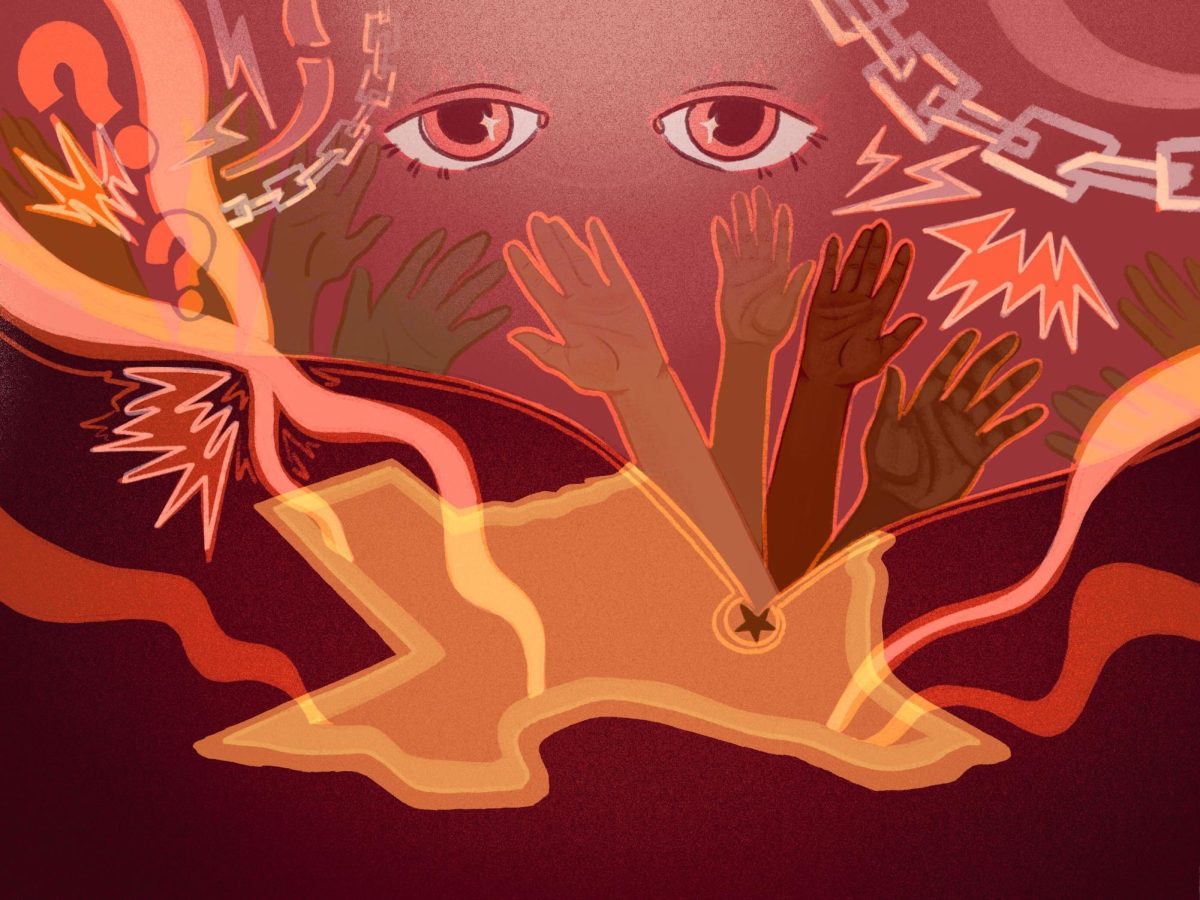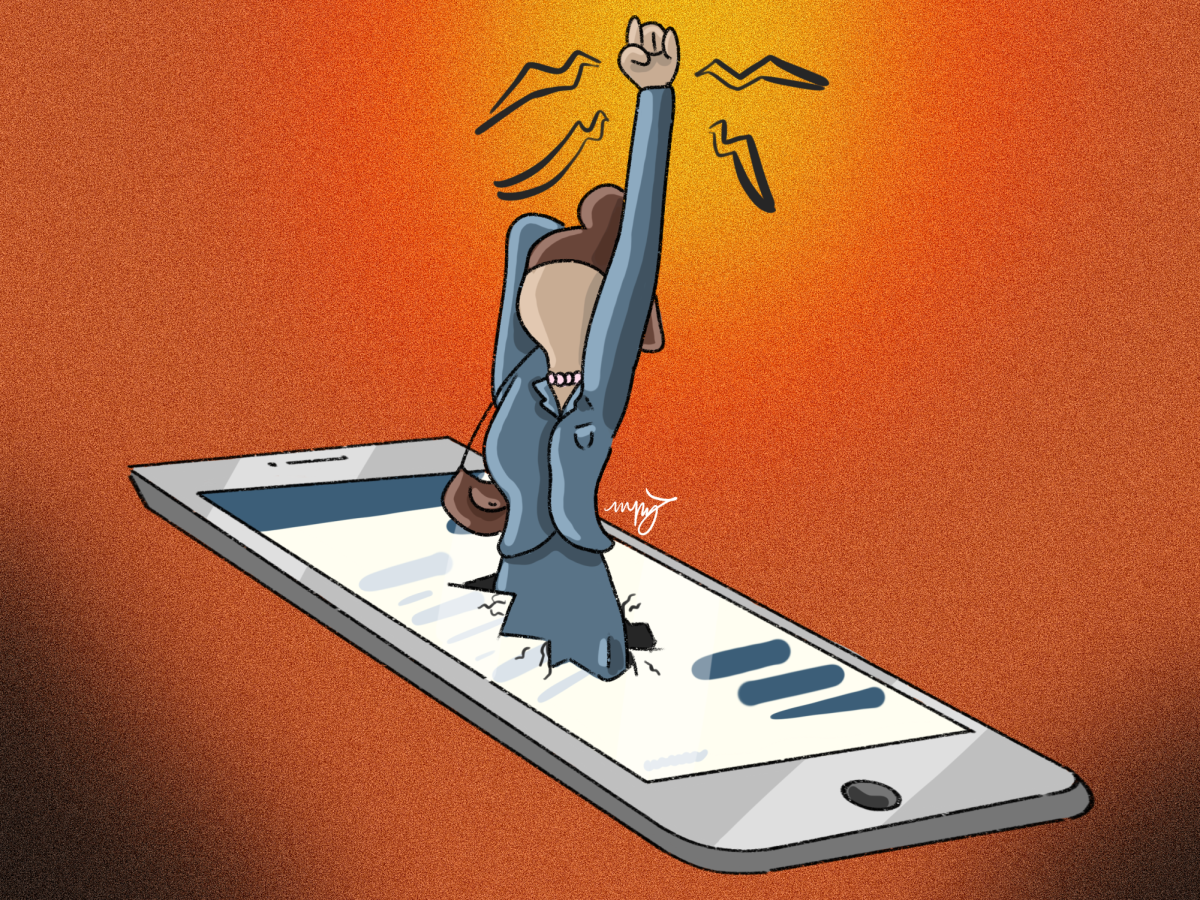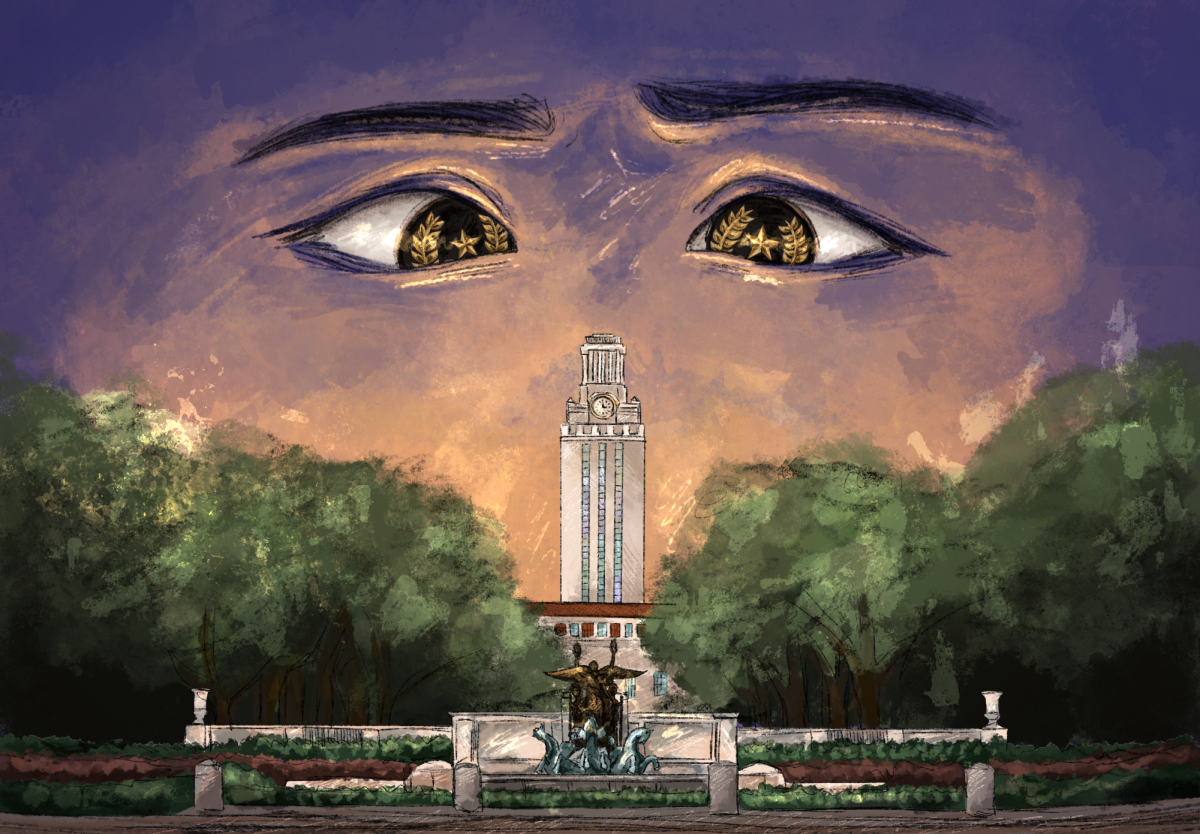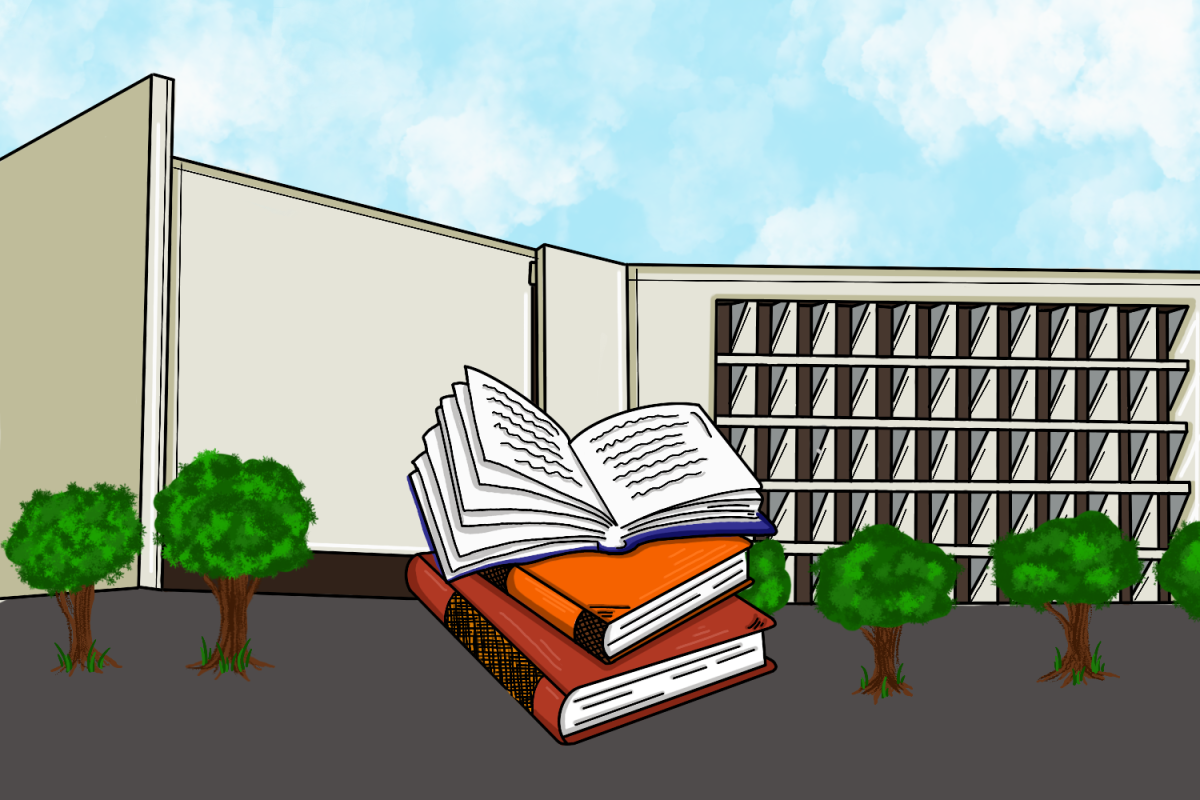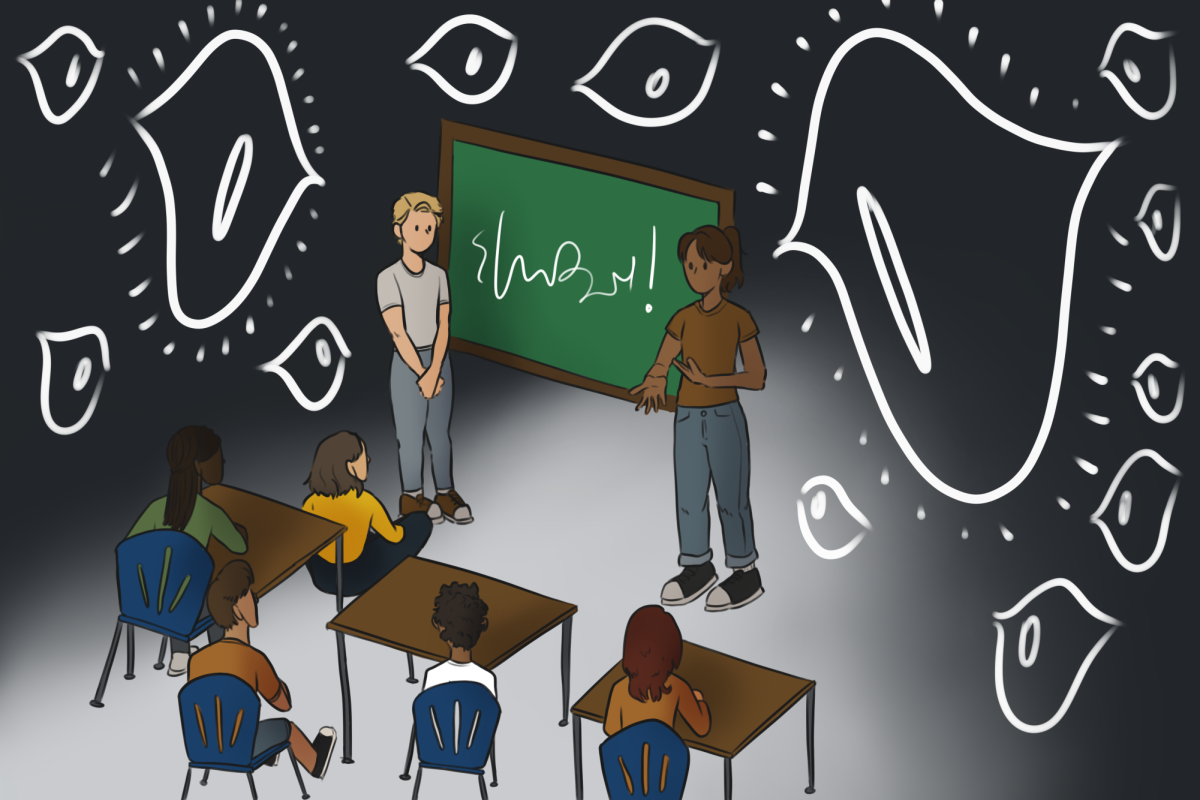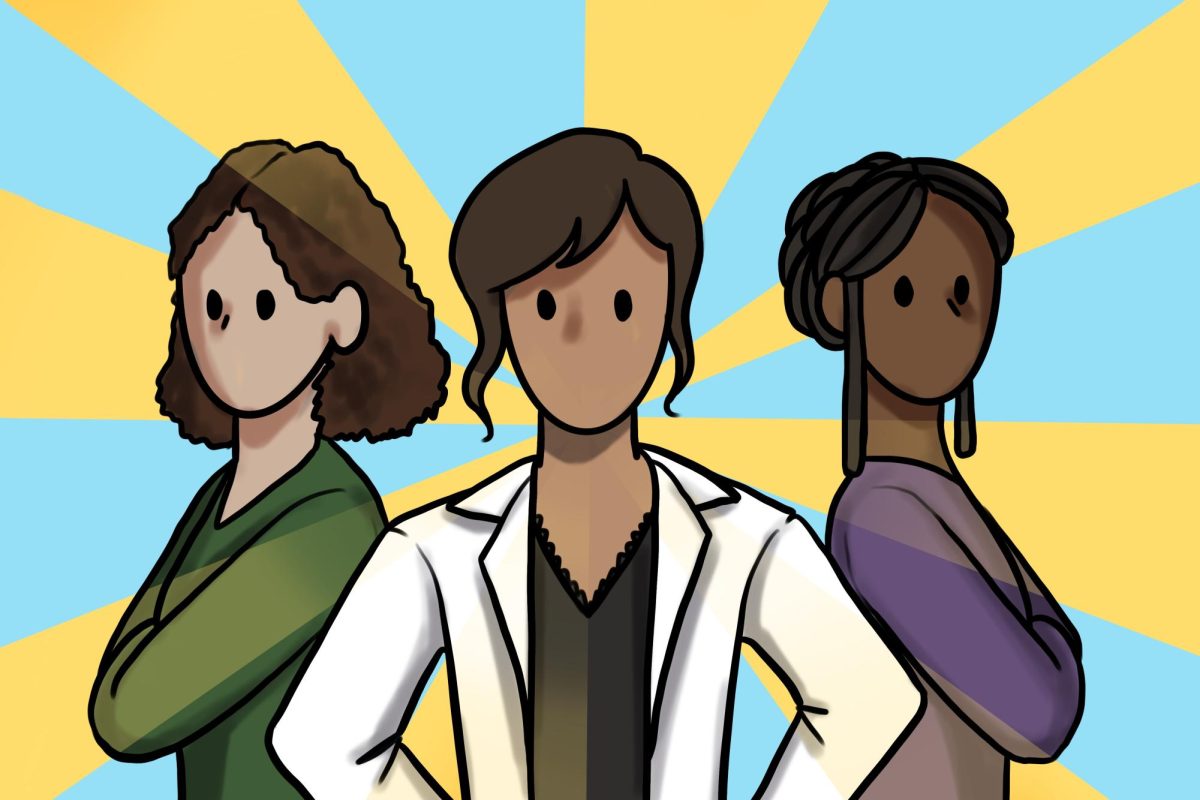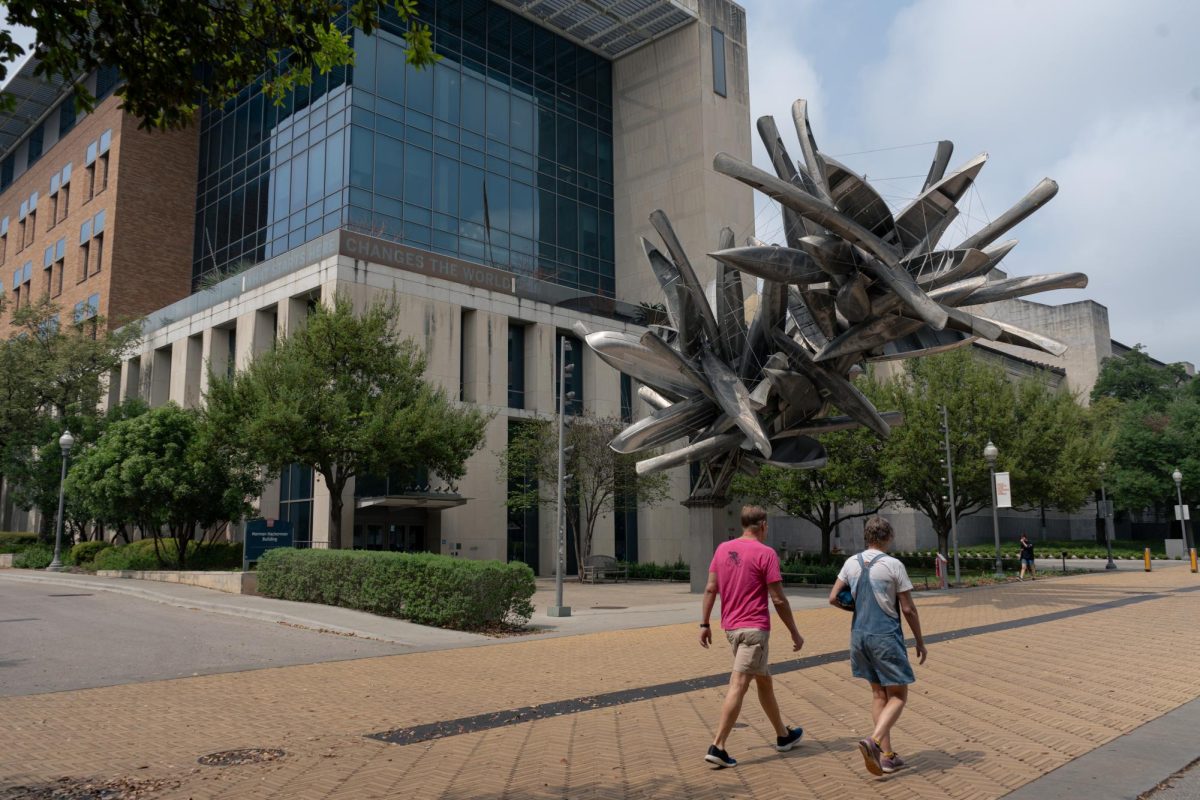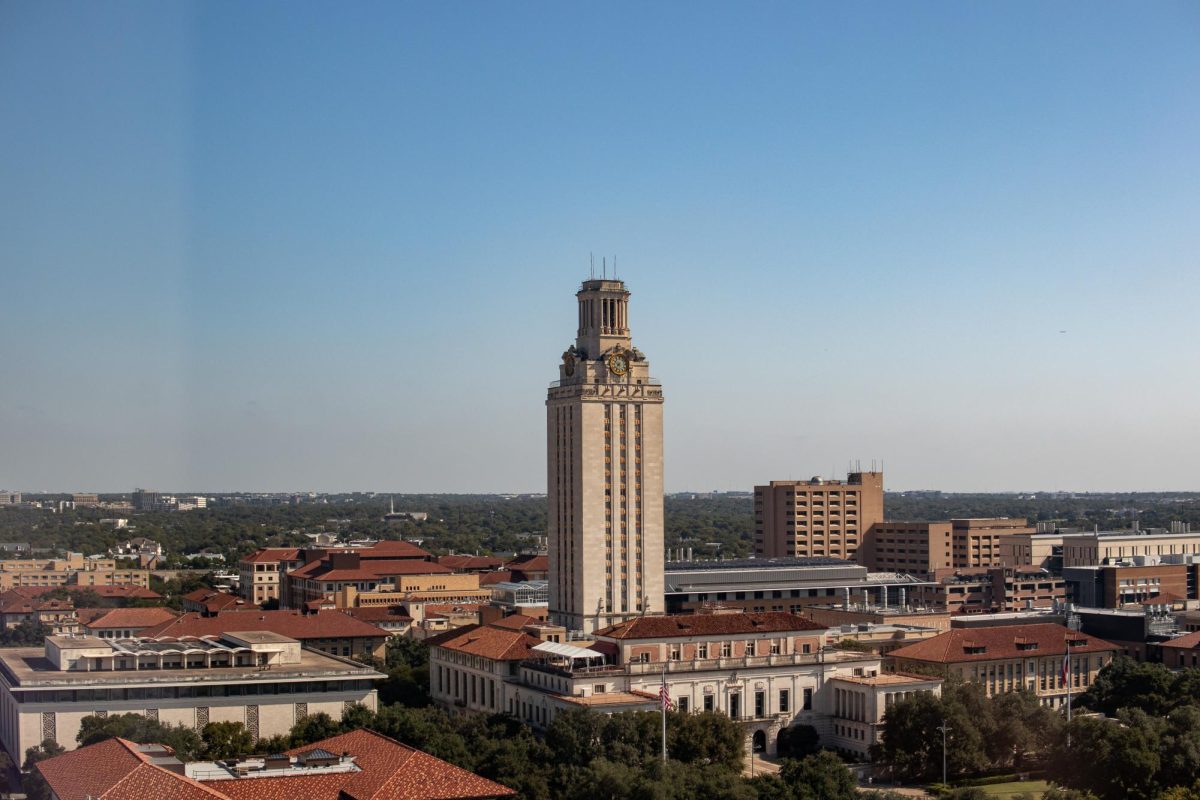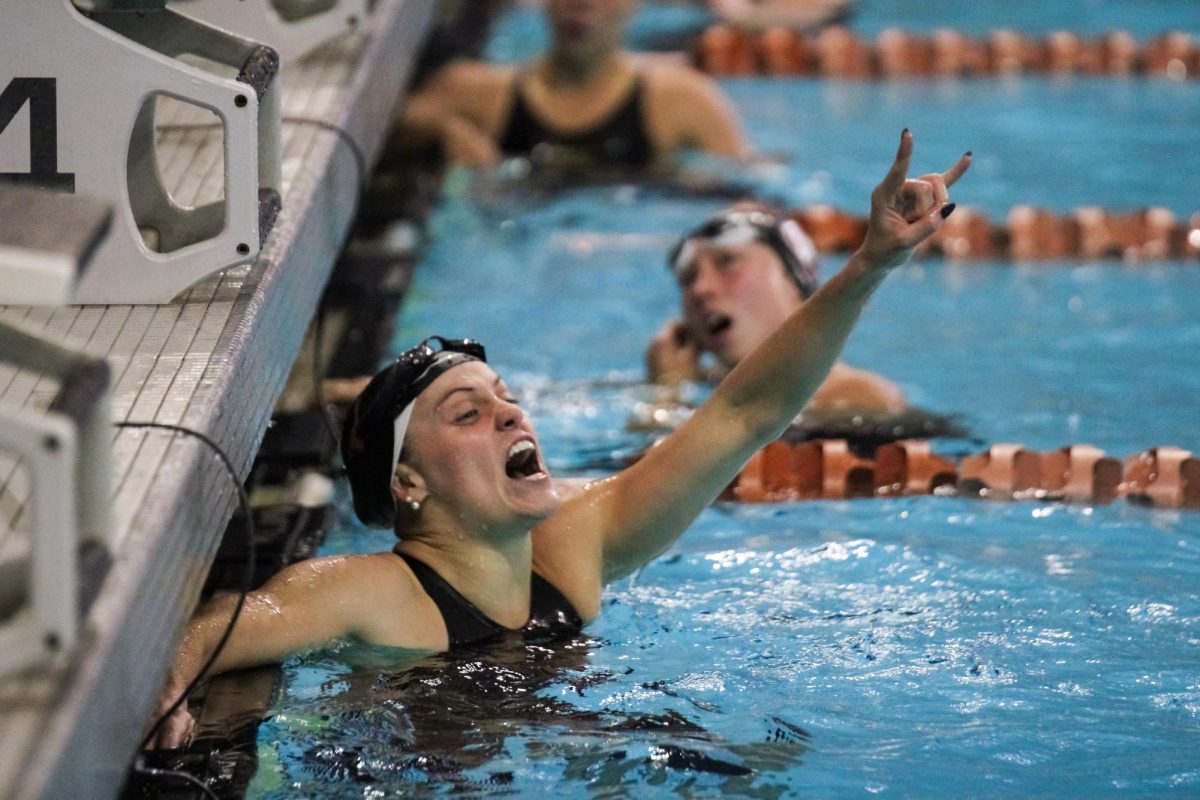While public education has become a contentious issue in the current election, there is one branch of education that is hardly ever mentioned — special education. It has recently come to light that Texas has the lowest enrollment rate of children in special education classes in the nation. An appalling 8.5 percent enrollment target that was implemented in Texas 12 years ago by the Texas Education Agency is to blame for the state’s lack of proper special education programs.
This target caps districts at enrolling only 8.5 percent of their population in special education, meaning thousands of children aren’t receiving the help they need. Compared to the rest of the U.S. this leaves Texas in the dust: The national average is 13.5 percent of students in special education.
However this enrollment target and the denial of special education to thousands of students is only part of the problem. The larger problem rests in the stigma towards special education that legislation like this perpetuates. This stigma begins at the outset, during teacher training at universities, and continues on in the classrooms and districts.
“Right now we have basically two programs,” said Gene Brooks, a lecturer in the Department of Special Education at UT. “I think it would behoove us to consider not having two separate programs but one program that would train teachers across the board. We have too many kids today in regular ed classrooms that have some type of disability.”
This is just one of the ways the stigma is onset in those training to be teachers. The stigma continues in the school environment where special education teachers are treated differently than regular education teachers. The departments are often also segregated in schools, lumping students with learning and physical disabilities in one classroom instead of giving them the one on one attention they need.
“You can go into any public school where there are special ed students,” Brooks said, “and typically the special ed students are going to be isolated.”
This isolation is detrimental for both teachers and students, and it fosters a general stigma against students in special education. Segregating students leads to regular education students and teachers never coming into contact with them, turning the special education classroom into an unvisited area. This also leads to regular education teachers never interacting with their colleagues in the special education department and not understanding how to care for the special education students that the enrollment cap could potentially put in their class. Special education teachers and students are quarantined as if they have a contagious illness, and Texas is hurting every student and teacher in public schools by facilitating this norm.
The current controversy over the 8.5 percent enrollment target is necessary, but it cannot stop there. The outcry over the lack of proper special education in Texas should not be silenced by an investigation into the legislation and a handful of politicians using it to their benefit. It should instead continue until Texas takes massive measures to reform their special education program, beginning with how future teachers are taught at universities.
Combining the two teacher training programs to ensure that every teacher understands how to handle children with disabilities and that the regular and special education teachers respect each other is a key first step that UT should consider implementing.
Berdanier is a philosophy junior from Boulder, Colorado. Follow her on Twitter @eberdanier




